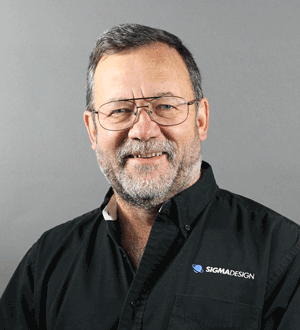In product design, an innovative idea can be viewed as a better solution that meets new requirements or market needs. For a product development firm such as Sigma Design, moving innovative ideas forward entails a process grounded in prototyping, vertical integration and experience.
Prototype early and prototype often
In order to develop an innovative product, the idea must be vetted through multiple prototype iterations. In other words, prototype early and prototype often. This process reveals inadequacies with a product concept, both in how it is used and how it works. Another benefit of prototyping early and often is that solutions are identified quickly. Additionally, knowing an idea for a product will fundamentally work early on can save a lot of money further down the line before a lot design work is invested. Moving through design iterations quickly is also advantageous in advancing products that have challenging product market environments.
During the prototyping period, engineers drive solutions forward by solving complex problems through various techniques. Frequently, analytical methods unravel the solution to a problem, but it is the combination of analysis and prototype iteration that brings significant insight. Prototypes help to quickly identify what works. By repeatedly adjusting the solution based on both the analytical and empirical findings, an innovative solution is uncovered.
Vertical integration
Vertical integration is an approach used to expand a company’s business operations into different steps on the same development path. Sigma Design is vertically integrated because the firm offer services spanning the product development cycle – from concept through production. This provides many advantages for moving ideas forward effectively and efficiently.
First, harnessing relevant inputs from the wide spectrum of disciplines needed to develop a product is streamlined. Collaboration happens between industrial designers, mechanical, electrical, firmware, and software engineers, machinists, technicians and testers. Secondly, with a vertically integrated company, holistic teams collaborate more efficiently. Throughout phases of product development, and especially in the prototyping phase, insight into how best to move an idea forward is achieved.
Experience
Developing a new product can be a daunting experience for an inventor or entrepreneur. With statistics revealing low success rates of new products, the process can be nerve-wracking especially during the “fuzzy front-end” phase where so many questions must be answered. Partnering with an experienced consultant that understands the ins and outs of the product development process can provide a smoother progression for development that results in a better product solution that meets specific criteria.
Development isn’t often a straight line. Sometimes, in order to move forward you have to take a step back. Recently, a client came to Sigma Design with an idea for a product that used a particular technology. In this case, the client already had a patent for the technology to be used in their products. By closely examining the product to fully understand how the item worked, the project team determined that the patented technology would not deliver the client’s desired results. The design team came up with an alternative solution that would provide better performance and a better user-experience. An experienced consultant offers guidance and advanced solutions that make a big difference in the development of products.
In the end, moving innovative ideas forward to arrive at new, holistic solutions happens through a lot of hard work. There will often be some push and pull as the concept moves through development and a balance is achieved between desirable but incompatible product features. Securing a process grounded in prototyping, vertical integration and experience will lead to the ultimate successful design.
Bill Huseby is the CEO of Sigma Design, a Vancouver-based product engineering firm. For more information, visit www.sigmadzn.com.


